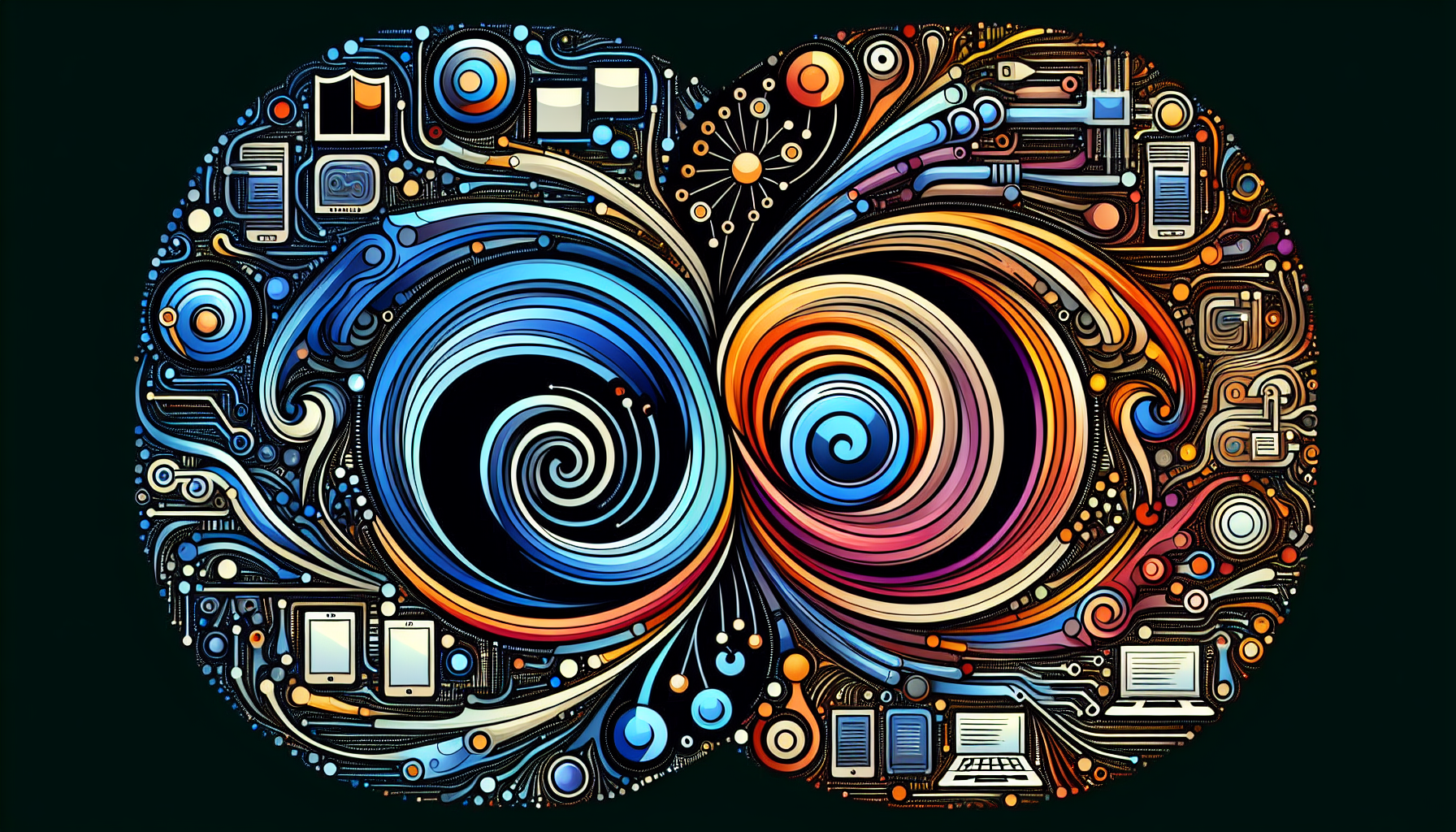Generative AI and Large Language Models: Understanding the Differences and Applications
In the world of artificial intelligence, two powerful concepts have emerged: Generative AI and Large Language Models (LLMs). While they are interconnected, each has unique features and roles. Let’s explore what they are, how they differ, and their applications in our modern lives.
What is Generative AI?
Generative AI refers to a wide array of systems designed to create new content. This can be anything from text and images to music and code. By learning from large amounts of data, generative AI models can recognize patterns and styles, which helps them produce content that is both coherent and meaningful.
Key Features of Generative AI
- Content Creation: Generative AI can create original pieces that mirror the qualities of the data it was trained on. For instance, if it has been trained with pictures of cats, it can generate entirely new cat images.
- Multiple Modalities: This technology is versatile and produces various types of content, not just written text.
- Advanced Techniques: Generative AI uses sophisticated methods, like recurrent neural networks (RNNs) and generative adversarial networks (GANs), to craft its outputs.
What are Large Language Models (LLMs)?
LLMs are a specific type of AI focused on language. These models are trained using extensive text data to understand language patterns, allowing them to predict subsequent words or generate text based on specific prompts.
Key Features of LLMs
- Language Mastery: LLMs are adept at creating human-like text, making them ideal for tasks like writing, translating languages, and generating various types of content.
- Vast Training Data: They learn from massive collections of text, such as books and articles, helping them to grasp the intricacies of language.
- Examples: Well-known LLMs include OpenAI’s GPT-4, Google’s PaLM, and Meta’s LLaMA, each showcasing impressive language capabilities.
The Differences and Where They Overlap
Scope and Specialization
- Generative AI: This is an umbrella term that includes different models capable of generating diverse content types, beyond just text.
- LLMs: These are specially designed to process and generate language, making them a focused element within the broader category of generative AI.
Applications
- Generative AI: It finds its place in creative domains like art, music, and various forms of content generation.
- LLMs: They excel in natural language tasks, powering chatbots, summarizing content, and aiding in language translation.
Working Together: Complementary Use Cases
Even though generative AI and LLMs serve different purposes, they can be combined for more complex solutions:
- Multimodal Content: Combining LLMs with generative AI that handles images or audio can yield richer content experiences, such as generating textual descriptions for images.
- Content Translation and Localization: While LLMs understand language subtleties, generative AI can provide accurate translations, improving how we communicate globally.
- Content Summarization: Both technologies can efficiently condense lengthy information into concise summaries, making it easier to find relevant content quickly.
Practical Applications and Future Trends
The collaboration between generative AI and LLMs is poised to bring remarkable advancements across many industries:
- Healthcare: Automating essential tasks like medical transcription and personalized health communication.
- E-commerce: Enhancing user experiences through improved search functions and automated customer service.
- Manufacturing and Logistics: Streamlining operations with automated reporting and improved efficiency.
Conclusion
Generative AI and LLMs are remarkable tools, capable of transforming various sectors through innovative content creation and processing. Understanding their differences and how they can complement each other is vital for harnessing their full potential. As these technologies advance, they will undoubtedly shape a new future of automation and creativity in our everyday lives.

Leave a Reply